Turmeric (Curcuma longa), often referred to as the “golden spice,” has a deep-rooted legacy in global culinary, medicinal, and cultural traditions. Its vibrant yellow hue and powerful health properties have made it an essential ingredient in cuisines, cosmetics, and alternative medicine systems around the world. But when it comes to cultivating this golden crop, one country leads all others by a significant margin.
India is the largest turmeric producer in the world, accounting for the majority of global production and exports. Let’s explore how India came to dominate the turmeric industry, its key production centers, economic impact, and how other countries compare in this vital agricultural race.
Turmeric: A Global Super Spice
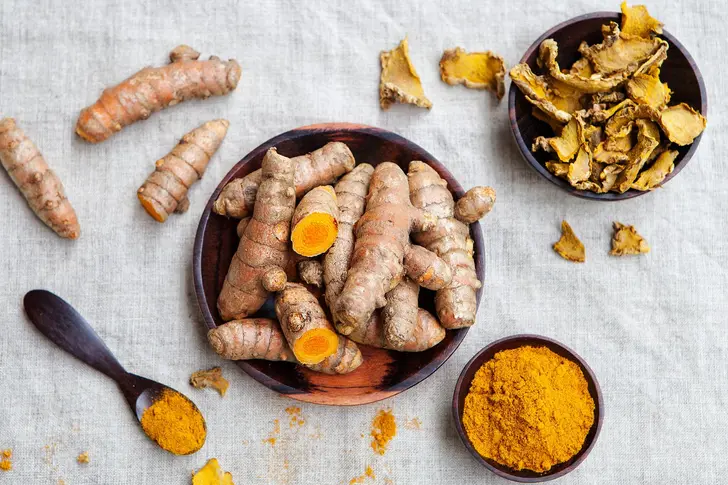
Turmeric is a perennial plant in the ginger family, native to South Asia. Its rhizomes (underground stems) are harvested, boiled, dried, and ground to produce the deep orange-yellow powder that we see in spice racks and supplements today.
The global demand for turmeric has soared over the last few decades, not just for its culinary value, but also for its medicinal and cosmetic uses. It is widely known for:
- Anti-inflammatory properties
- Antioxidant activity
- Digestive support
- Skin health benefits
- Immunity boosting potential
As a result, turmeric is now cultivated in more than 30 countries, but no nation comes close to the scale and quality of India’s production.
India: The Undisputed Leader in Turmeric Production
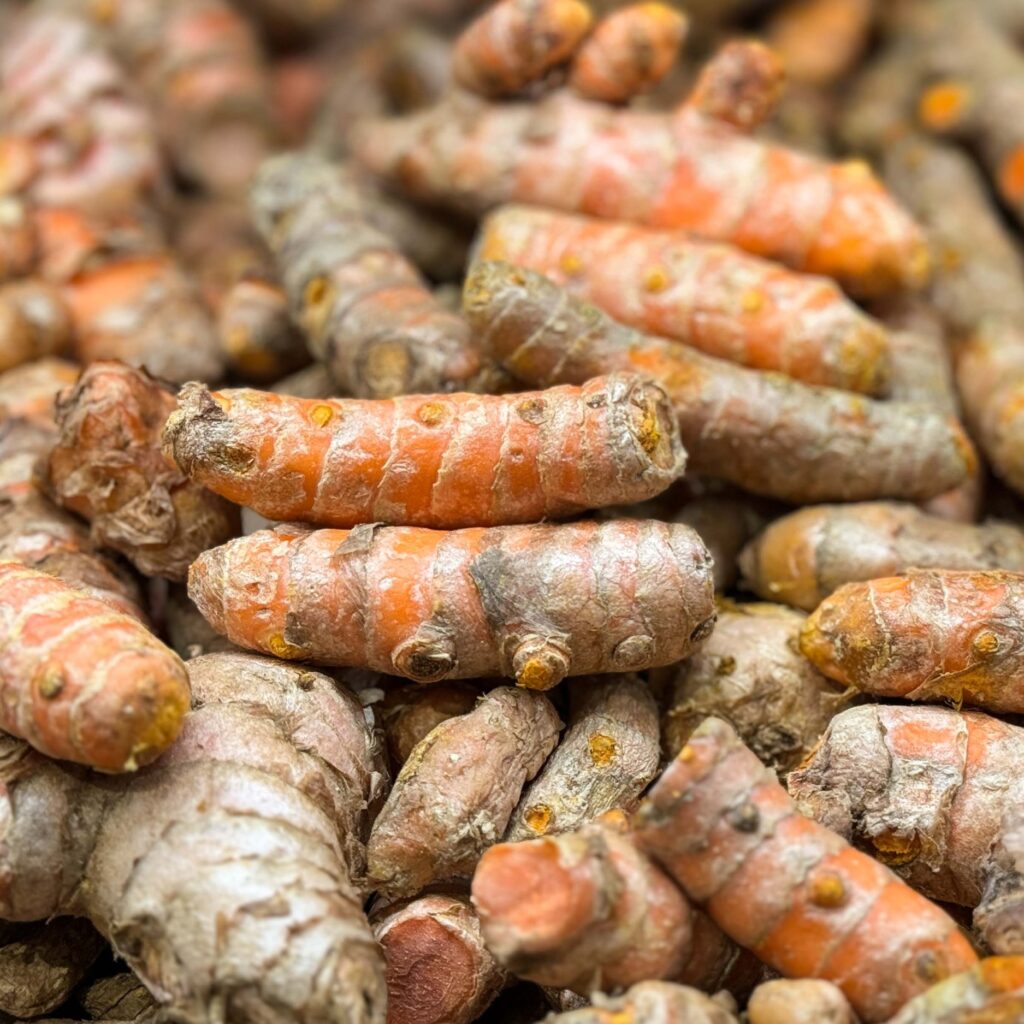
1. Dominance in Global Production
India produces over 80% of the world’s turmeric, amounting to more than 1.1 million metric tons annually (as per the latest FAO data). Its vast land, tropical climate, and rich agricultural heritage have made it the perfect home for turmeric cultivation.
2. Major Turmeric-Growing States in India
Turmeric cultivation is spread across multiple states, with the top contributors being:
- Telangana – Particularly the Nizamabad region, often called the “Turmeric City of India”
- Andhra Pradesh
- Tamil Nadu
- Odisha
- Maharashtra
- Karnataka
- West Bengal
Telangana alone contributes nearly 40% of India’s total turmeric production.
3. Varieties of Turmeric Grown in India
India grows multiple turmeric varieties tailored for color, curcumin content (the main medicinal compound), and yield:
- Rajapuri – Grown in Maharashtra; large rhizomes, medium curcumin
- Erode – Grown in Tamil Nadu; high curcumin, bright color
- Lakadong – Grown in Meghalaya; very high curcumin content (up to 12%)
- Sangli – From Maharashtra, used for premium exports
Top 10 Turmeric Producing Countries (Latest Global Data)
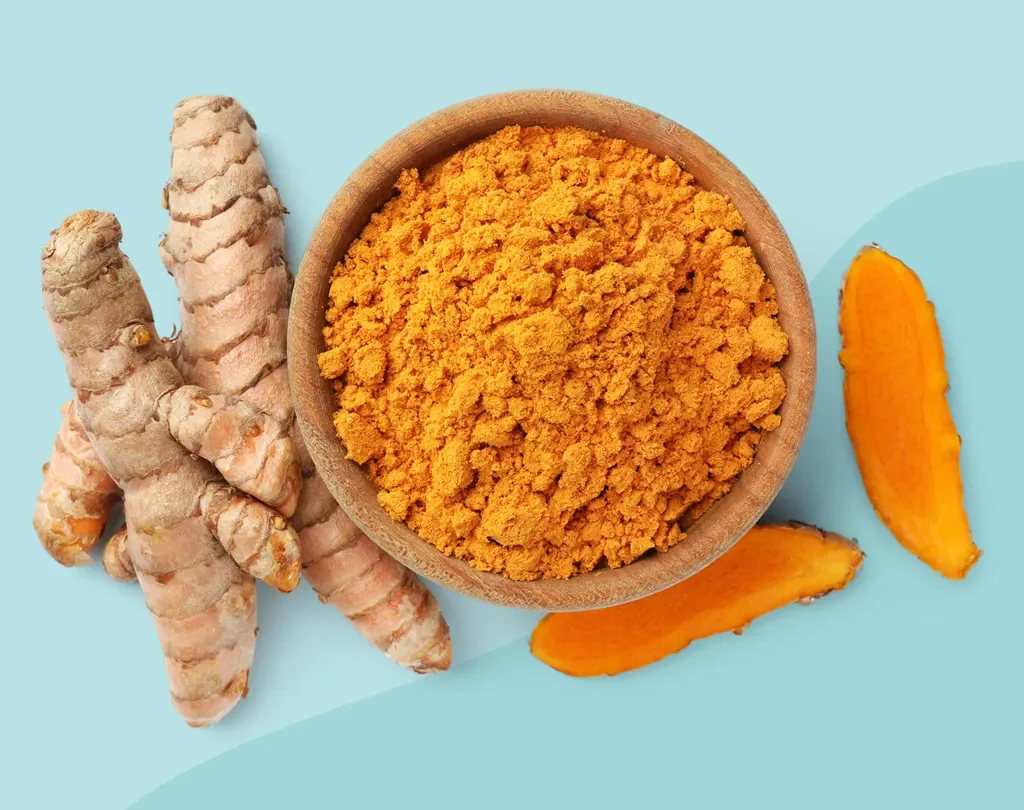
| Rank | Country | Annual Production (Metric Tons) |
|---|---|---|
| 1 | India | ~1,100,000 |
| 2 | Bangladesh | ~150,000 |
| 3 | Pakistan | ~80,000 |
| 4 | Sri Lanka | ~70,000 |
| 5 | Myanmar | ~65,000 |
| 6 | China | ~50,000 |
| 7 | Indonesia | ~45,000 |
| 8 | Nepal | ~30,000 |
| 9 | Thailand | ~20,000 |
| 10 | Nigeria | ~15,000 |
India’s production alone surpasses the total output of all other turmeric-producing nations combined.
India’s Turmeric Export Industry
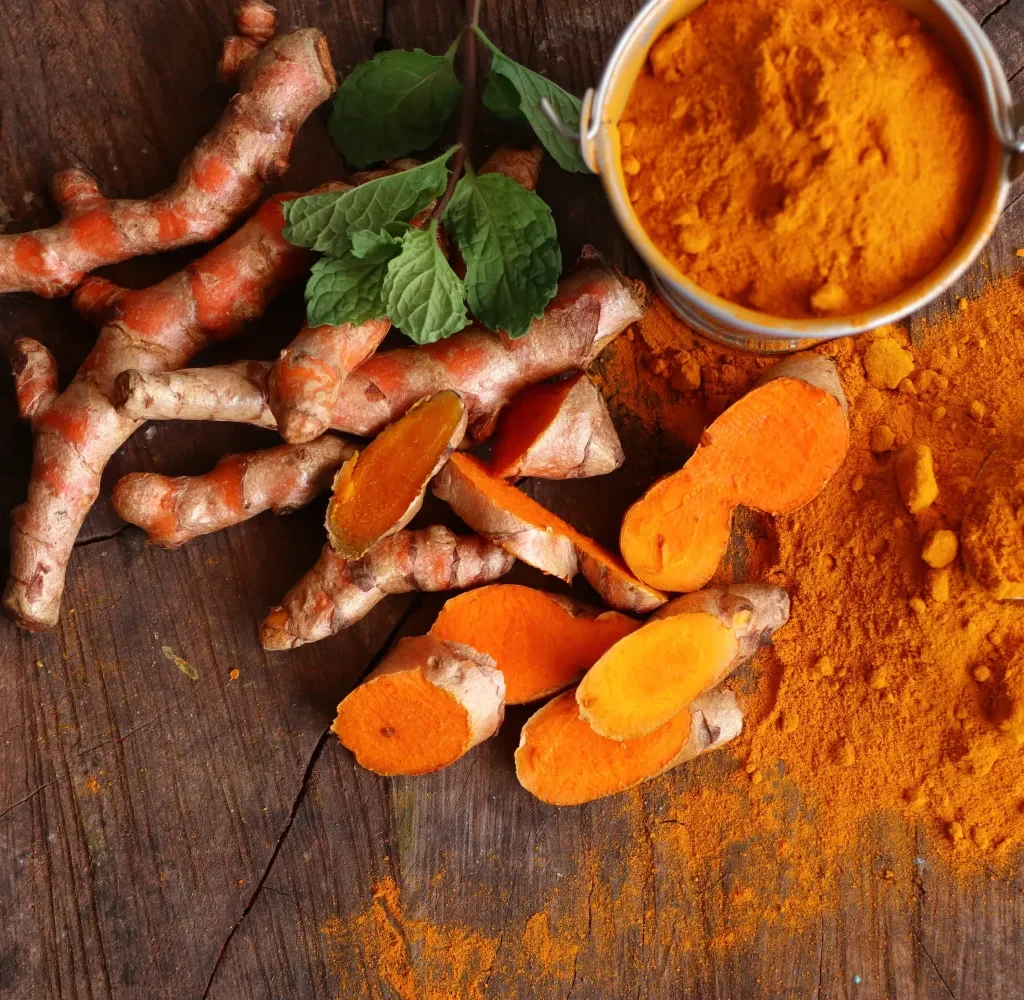
1. Export Volume and Value
India is not only the top producer but also the largest exporter of turmeric in the world. According to the Spices Board of India, India exports over 200,000 metric tons of turmeric annually, with a value exceeding $250 million USD.
2. Key Export Destinations
- United States
- Bangladesh
- Iran
- Malaysia
- United Arab Emirates
- United Kingdom
- Germany
- Japan
Indian turmeric is known for its rich aroma, high curcumin levels, and golden color, which give it a competitive edge in international markets.
3. Forms of Turmeric Exported
India exports turmeric in various forms, including:
- Dried rhizomes
- Polished turmeric
- Powdered turmeric
- Turmeric oil and extracts (used in pharmaceuticals and cosmetics)
Why India Dominates the Global Turmeric Market
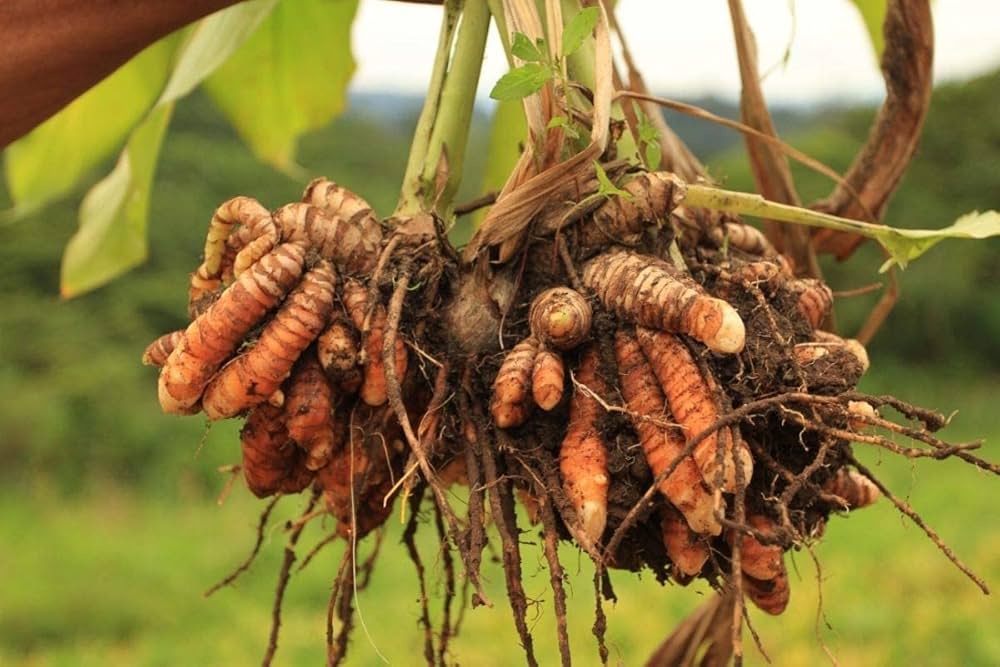
Several factors have enabled India to remain at the top:
A. Suitable Agro-climatic Conditions
Turmeric requires warm, humid weather and well-drained, loamy soil—conditions readily available across southern and eastern India.
B. Traditional Knowledge and Farming
Indian farmers have cultivated turmeric for centuries. Indigenous knowledge, combined with agricultural innovation, has helped improve both yield and quality.
C. Strong Supply Chain
A well-developed supply chain, from farms to spice processing units to international ports, supports India’s massive turmeric exports.
D. Government Support
Government bodies such as the Spices Board of India and ICAR (Indian Council of Agricultural Research) regularly support turmeric farmers with training, better varieties, quality certification, and market access.
Lakadong Turmeric: India’s Curcumin King
One standout example is Lakadong turmeric from Meghalaya. This variety contains up to 12% curcumin, far above the global average of 3–5%. It’s in high demand among pharmaceutical and nutraceutical companies.
The Indian government has also included Lakadong in its GI (Geographical Indication) tagging system to protect its regional identity and improve export branding.
Challenges in Turmeric Cultivation
Despite its dominance, India faces several challenges in turmeric production:
1. Price Volatility
Turmeric prices often fluctuate due to climate, storage limitations, and international demand changes.
2. Post-Harvest Losses
Lack of modern drying and processing facilities leads to quality degradation and wastage.
3. Pests and Diseases
Rhizome rot, shoot borer, and leaf spot are common issues affecting yields.
4. Low Farmer Income
Despite turmeric’s high value, many small farmers struggle due to middlemen and inconsistent market access.
Emerging Competitors and Export Challenges
While India is far ahead, countries like Bangladesh, Myanmar, and China are working to expand turmeric production and improve quality.
- Bangladesh is India’s biggest competitor in the South Asian market, exporting to the same neighboring countries.
- China focuses on turmeric for extracts and supplements, leveraging advanced processing technology.
India must continue investing in innovation and branding to maintain its edge.
Turmeric in Global Wellness and Pharma Industry
The surge in global demand is driven by:
- Ayurveda and Traditional Medicine: Turmeric is considered a natural healer for inflammation, digestion, and immunity.
- Nutraceuticals: Curcumin capsules and supplements are booming, especially in the U.S. and Europe.
- Skincare: Turmeric is a key ingredient in face masks, creams, and anti-acne products.
- Food and Beverages: Turmeric lattes (“golden milk”) and turmeric teas are trending health beverages worldwide.
As a result, the demand for organic, high-curcumin turmeric is on the rise, further benefiting Indian farmers and exporters.
Sustainable and Organic Farming Initiatives
India is taking steps to boost sustainable turmeric farming:
- Organic farming programs are helping farmers get certified for exports to Europe and the U.S.
- Digital platforms and agri-tech startups are helping connect farmers directly to buyers, reducing exploitation.
- Women-led turmeric cooperatives in rural areas are empowering local communities while promoting ethical spice production.
Conclusion
India’s status as the largest turmeric producer in the world is no accident—it is the result of centuries of traditional knowledge, suitable environmental conditions, and modern agricultural advancements. Producing over 80% of the global supply, India’s turmeric industry not only fuels its domestic culinary and wellness markets but also powers a multi-million dollar export industry that spans continents.
As global awareness about turmeric’s health benefits grows, India is poised to retain its leadership, provided it addresses issues of sustainability, price stability, and quality enhancement. With innovations in organic farming, smart supply chains, and high-curcumin varieties like Lakadong, the future of India’s golden spice looks brighter than ever.

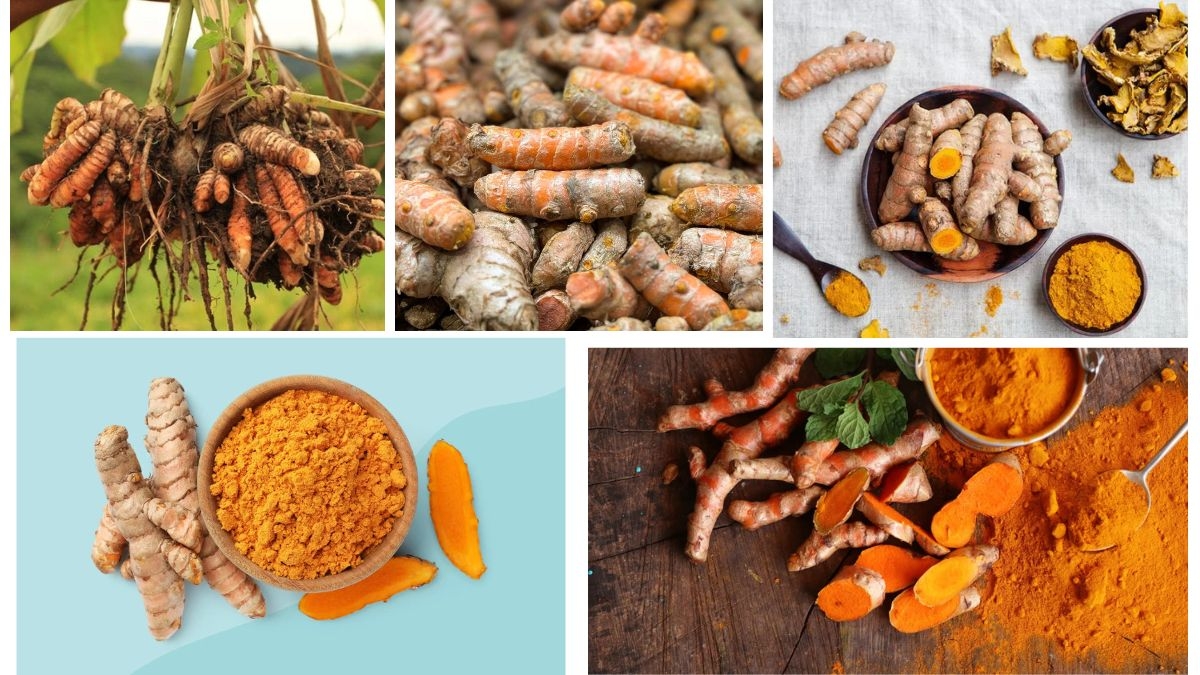



Leave A Comment